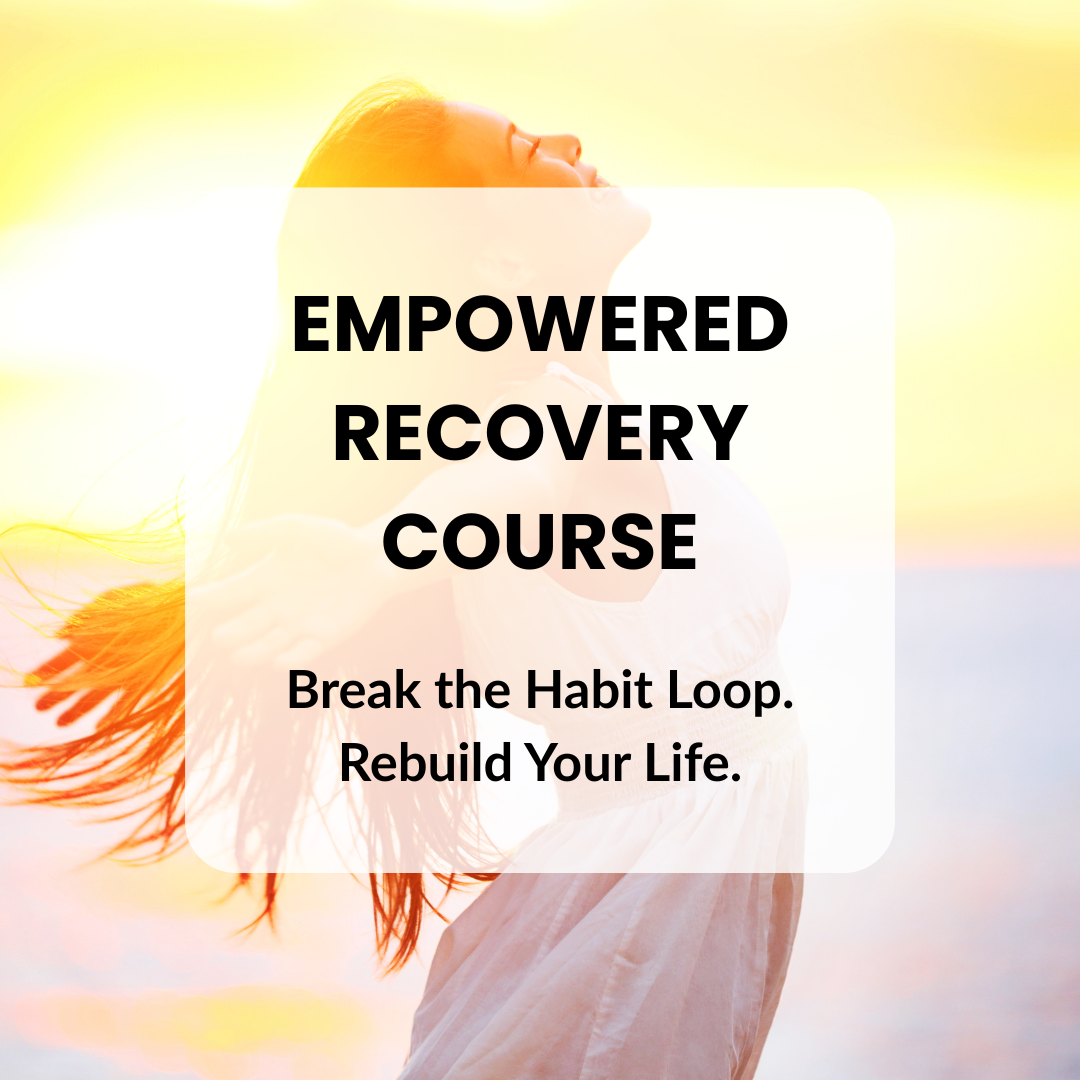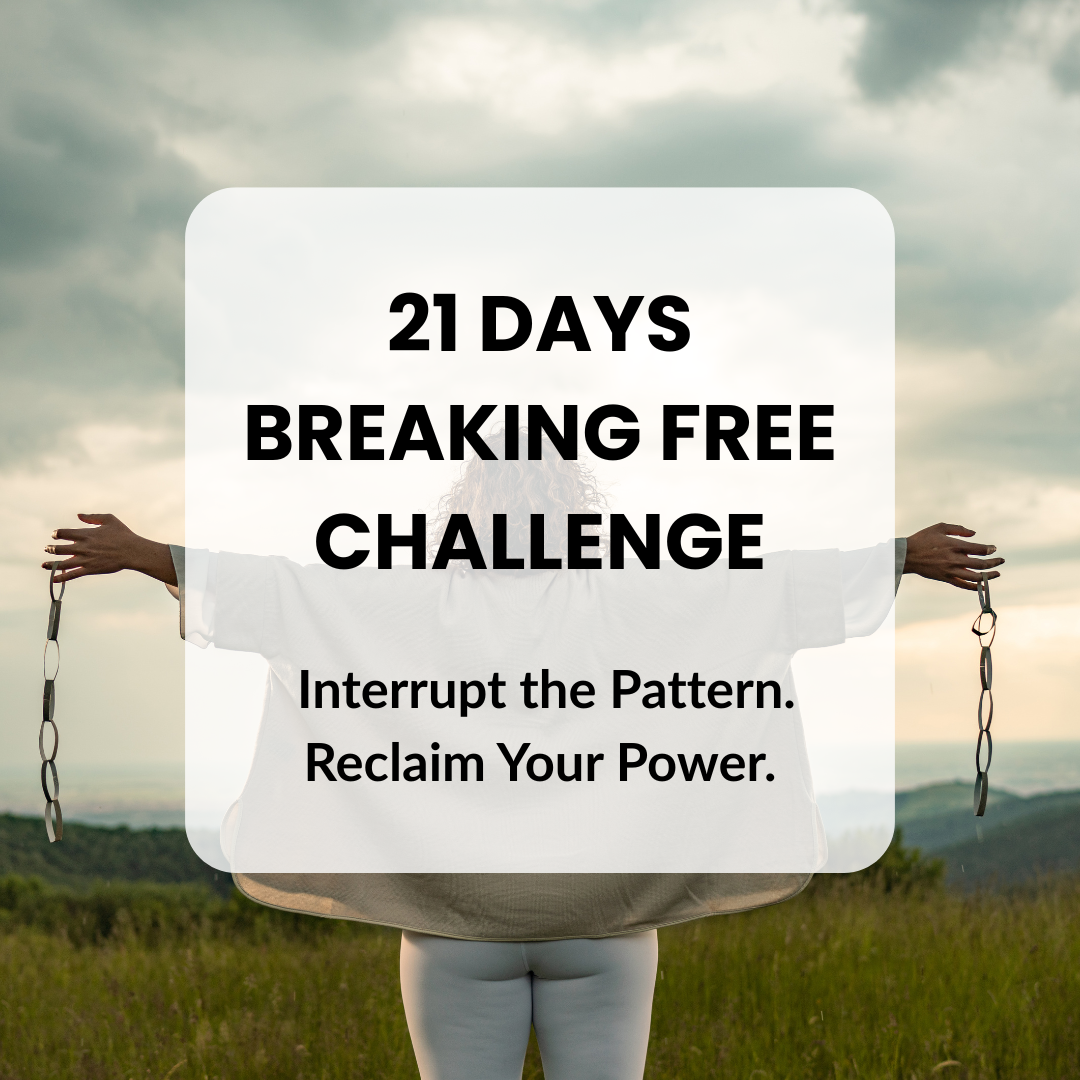The Habit Loop: Breaking the Cycle of Triggers, Cravings, and Old Patterns
Why do we keep repeating the same behaviors—even when we know they’re harmful? Neuroscience gives us part of the answer: our brains run on loops.
In the world of substance abuse, emotional eating, and even toxic relationships, the habit loop explains why we so often feel stuck. First described by Charles Duhigg in The Power of Habit (2012) and supported by decades of research in behavioral neuroscience, the loop works like this: cue → craving → response → reward.
A stressful day at work becomes the cue. The craving is the brain’s anticipation of relief. The response is reaching for a drink, a cigarette, or the phone to scroll endlessly. And the reward is that momentary release—a hit of dopamine that reinforces the cycle.
The neuroscience of addiction shows us that repeated exposure to this loop reshapes the brain’s reward system, particularly dopamine pathways. Over time, cues become so strongly linked to the anticipated reward that resisting them feels nearly impossible (Volkow & Morales, 2015). For someone struggling with substance use, this is why “just stopping” isn’t enough. The brain has literally been rewired to expect the reward.
But here’s the good news: the same science that explains why habits form also explains how they can change. Neuroplasticity—the brain’s ability to form new connections at any age—means that with awareness and intentional practice, new loops can replace the old ones (Hebb, 1949; Doidge, 2007).
Break the Loop. Reclaim Your Power.
Triggers, cravings, and old patterns don’t mean you’re failing—they mean your brain is following a loop it learned to survive. The Empowered Recovery Course gives you the tools to interrupt that loop, rewire your habits, and create lasting change from the inside out.
Identifying Your Triggers
The first step to breaking the cycle is awareness. What are your top three triggers? For some, it’s boredom. For others, loneliness, stress, or even celebration. Once identified, these cues become opportunities to practice something new.
From the lens of motivational interviewing, a powerful counseling methodology, this is where we ask: “What’s one way you could respond differently this week?” Instead of pouring a drink after work, maybe you take a five-minute walk. Instead of numbing out with food, you might journal what you’re feeling or reach out to a supportive friend.
These small experiments are where transformation begins. Change isn’t about willpower—it’s about building new pathways, step by step.
A Tool for Recovery Practitioners
For counselors, recovery coaches, and helping professionals, teaching the habit loop framework is a way to reduce shame. When clients begin to see behaviors as conditioned responses rather than moral failings, they can approach change with more compassion and motivation.
That’s why I developed the Empowered Recovery Curriculum—a coaching-based, trauma-informed program designed for treatment centers, outpatient facilities, and alumni groups. It provides structured modules, group scripts, and worksheets that help clients understand habit loops, identify triggers, and create new coping strategies. Practitioners can use it to supplement therapy with practical, neuroscience-informed tools for sustainable recovery.
Stuck in the Same Loop? Let’s Break It—Together.
If you keep repeating the same patterns, it’s not because you’re broken—it’s because your brain is wired for survival. The 21 Days Breaking Free Challenge helps you interrupt the habit loop, reconnect with your power, and create new patterns that support the life you actually want.
From Awareness to Empowered Living
If you’re listening and ready to apply this in your own life, I recommend starting with structured steps:
The 21-Day Breaking Free Challenge is your experiment lab—a chance to practice responding differently to your cravings and triggers.
The 28-Day Clean Body Reboot helps you remove physical triggers like sugar, alcohol, and inflammatory foods, giving your brain and body the reset they need to stabilize new patterns.
The Empowered Recovery Course is where the long-term transformation happens, helping you rewire not just habits of substance use, but also toxic relationship dynamics, unhealthy coping mechanisms, and patterns of self-sabotage.
The Takeaway
Breaking the cycle of addiction—or any maladaptive behavior—starts with recognizing the loop. Cue, craving, response, reward. Once we see it, we can begin to shift it. The science of neuroplasticity reminds us that no matter how long we’ve been stuck, new pathways are always possible.
Recovery is not about becoming someone new—it’s about reclaiming who you already are, and choosing the empowered life you were meant to live.
If you’re ready to take that step, know that you don’t have to do it alone. Start small, build momentum, and let each new choice reinforce the life you want to create.
For residential treatment centers, outpatient facilities, and clinicians: the Empowered Recovery Curriculum can be integrated into your programming to give clients practical, neuroscience-based tools for lasting change. Reach out to me to explore how we can bring this work to your organization.
Make it stand out
Whatever it is, the way you tell your story online can make all the difference.
References
Duhigg, C. (2012). The Power of Habit: Why We Do What We Do in Life and Business. Random House.
Volkow, N. D., & Morales, M. (2015). The Brain on Drugs: From Reward to Addiction. Cell, 162(4), 712–725.
Hebb, D. O. (1949). The Organization of Behavior. Wiley.
Doidge, N. (2007). The Brain That Changes Itself. Viking.




